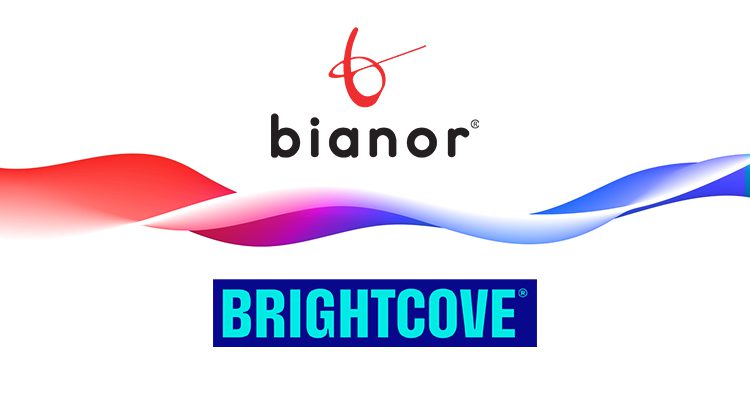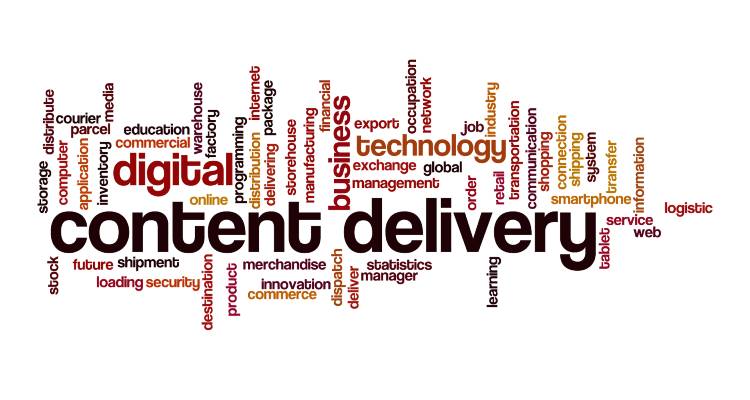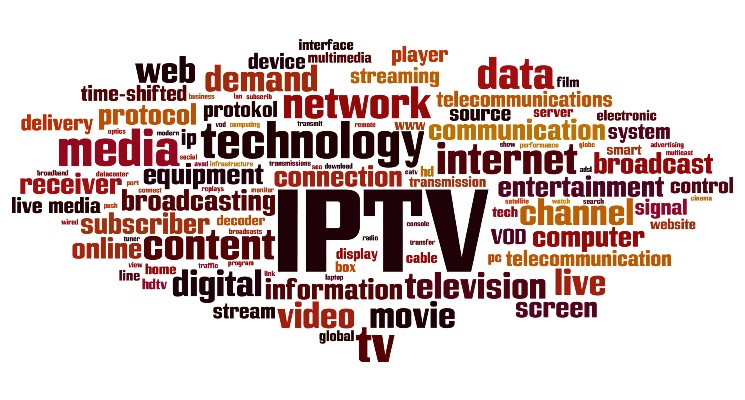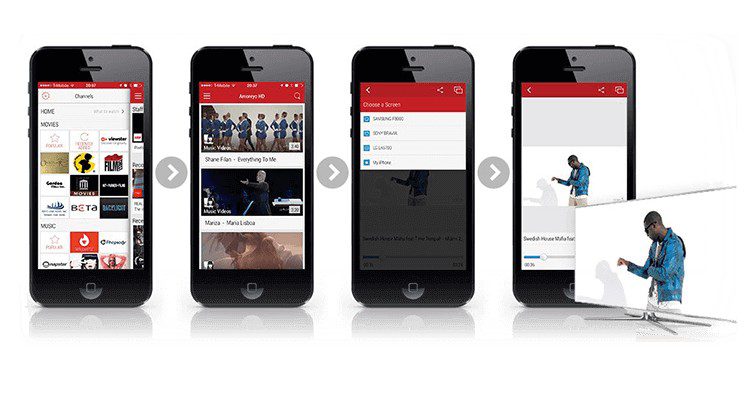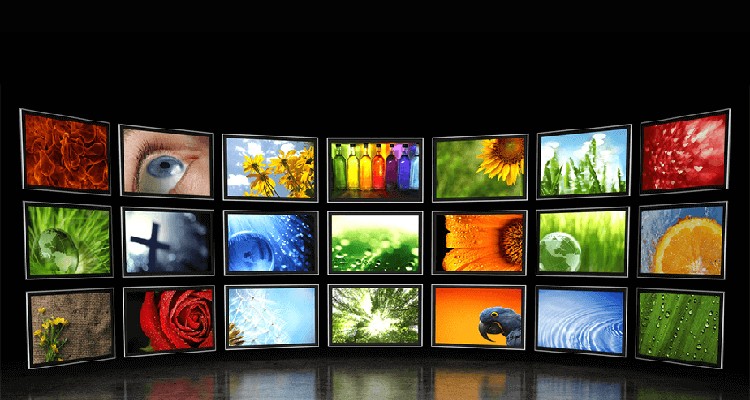How Video Streaming Boosts Sales
3 Most Popular Objectives for Utilizing Video Streaming
This article will help you better understand video streaming and how it promotes selling your brand image, perception, service, or product. Before diving into the topic, let’s briefly examine video streaming’s history, development, and statistics.

Video Streaming Flashback
Video streaming has been around since it started as a proof of concept in the 90s. It has begun growing between 2000 and 2010 through Flash, YouTube, and the iPhone. But what boosted its growth was the development of MPEG-DASH standard in 2012. It allowed YouTube and other video streaming platforms to move from Flash to HTML5.
Since this technological breakthrough, the number of streaming platforms and service providers has increased swiftly. But what made the difference was the appearance and adoption of live-streaming – the concept where the viewer can experience a live event in real-time. Ever since then, video streaming has been following a positive trend. Various socio-economical and generation-behavioral factors have assisted this trend. The latest COVID-19 pandemia brought an additional boost to video streaming growth.
Video Streaming Statistics Highlights
By all means, we can easily call video streaming “The New Gold Rush.” The proofs are all around us. According to Tech Jury, 2020, the live-streaming industry has grown by 99% between April 2019 and April 2020. A Cisco Annual Internet Report predicts that 82% of internet use will be for streaming video this year.
If these numbers are not powerful enough, then have a look at the following statistics coming from Tech Jury, 2020:
- 96% of people say they have watched an explainer video to learn more about a product or service.
- 79% say a brand’s video has convinced them to buy a piece of software or an app.
- Videos on social media generate 1200% more shares than texts and images.
- Companies that use video get 41% more traffic from searches.
- 40% of consumers state video increases the chance of purchasing a product on their mobile device.
Objectives for Video Streaming
No matter what they tell you, it is always about selling. Although money might not necessarily be involved, it is either selling a brand image, perception, service, or product.
The three most popular objectives for utilizing video streaming are:
- Build and maintain a brand image.
- Promote and sell products or services.
- Advertise and distribute video content.
1/ Build and maintain a brand image

There are different forms of videos that companies can stream and diverse audiences that they can talk to. For example, companies can offer a simple welcome video from the General Manager to the new employees. In addition, they can stream onboarding tutorials or live interviews with the management when facing the internal audience. This is particularly useful for bigger corporations where the employees cannot meet in person with the C-level management. At the same time, streaming live events, webinars, or podcasts could be an optimum means for reaching the external audience, potential customers, or partners.
Although it is not exactly brand-building, examples of religious worship and political movements could fit in this category. They have widely accepted video streaming to reach their congregation and supporters and proliferate their ideas. In some cases, they use video streaming to draw donations, which gently leads us to the next category of objectives.
2/ Promote and sell products or services

Another way of utilizing streaming for sales objectives is creating flash sales videos. Such live videos can generate a sense of urgency with the immediate result of increased sales. An excellent example of this approach is the makeup retailer Maybelline. The company successfully combined live streaming with real-time chat and one-click purchases to create seamless digital shopping experiences. The result was 10,000 lipstick sold in only 2 hours, bringing about $100,000 in revenue. An even more striking example comes from Alibaba Taobao Live, which sold products for almost $740 million in just one day during the annual discount festival in China.
Another case involving video streaming in sales activity is the “Live Stream Show Room” by Kia Motors. The car manufacturer has created an online platform that offers customers personalized virtual viewings in selected Kia dealerships. The platform was available in Qatar, Saudi Arabia, and Pakistan and later expanded throughout the Middle East and Africa in Kuwait, Bahrain, and South Africa. Buchbinder’s live stream of car auctions is another excellent example of the utilization of video streaming to reach a larger audience and more significant sales.
3/ Advertise and distribute video content

But the market is not limited to the big ones. There are plenty of niche players focusing on streaming sports or exclusive entertainment events. Other content providers are focusing on education and e-learning. Such platforms offer significant variations of courses in various disciplines. Selling video content does not end here. There are multiple platforms, websites, and applications that provide workout videos, nutrition lessons, and cooking classes, you name it.
Conclusion
The video streaming field is an endless territory. What we experience now is just scratching the tip of the iceberg. Streaming digital content opens the doors to immense creativity for communication experts, marketers, salespeople, entrepreneurs, and talents who can engage the audience to achieve their specific objective and sell a brand image, perception, service, product, or experience.
There is extensive competition in the streaming market and twice as many opportunities for those ready to dive in. A piece of proper, on-time advice about the market, the technologies, and the streaming platforms could save a lot of resources and increase the chances of success. Streaming technology consultancy is where Bianor could fit in and share their know-how and expertise with you. Skip the “try and error” approach and contact us instead.
Video Streaming Lifecycle
Download Bianor’s white paper to learn more about the five most crucial components of video streaming lifecycle.














